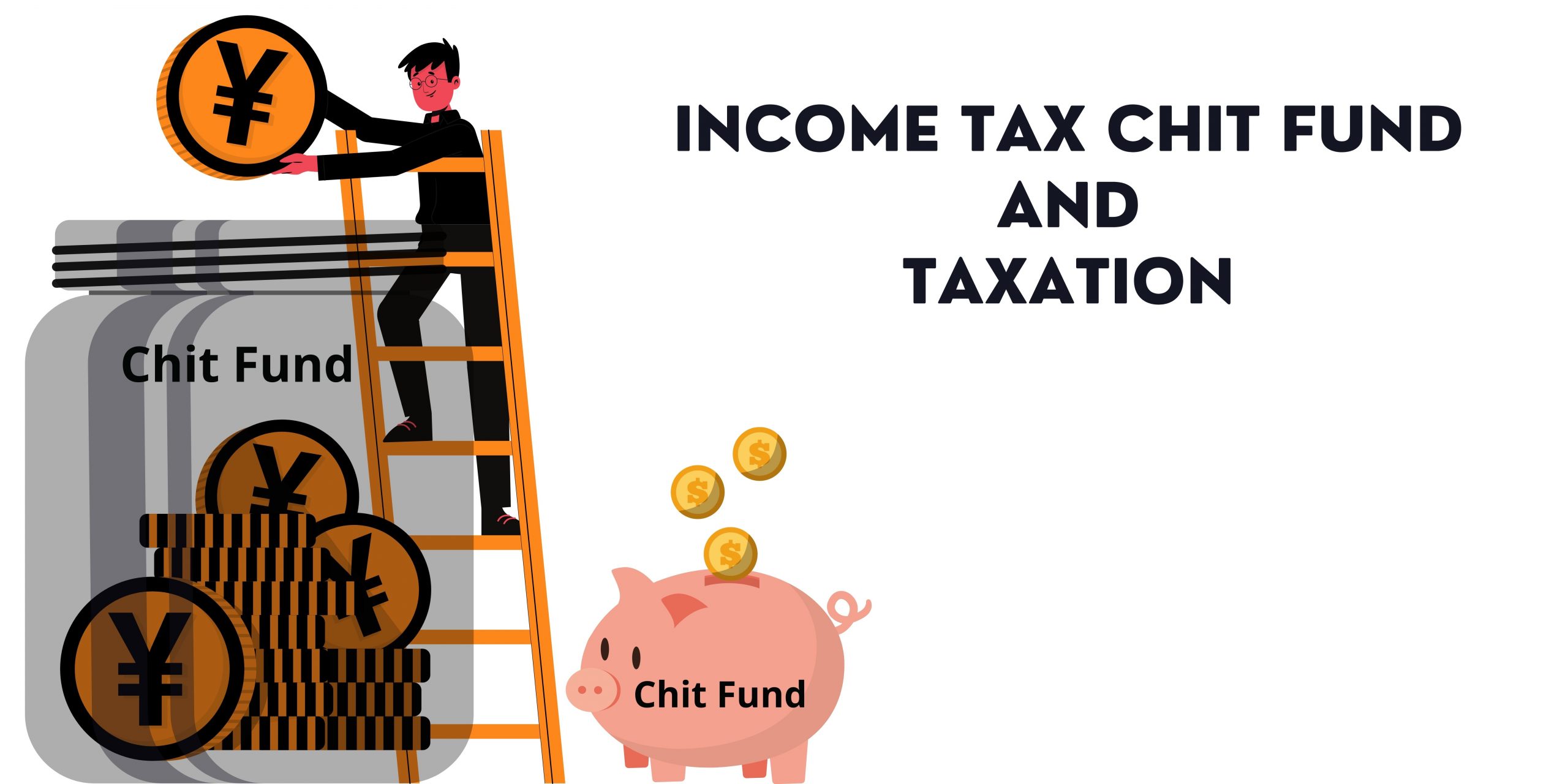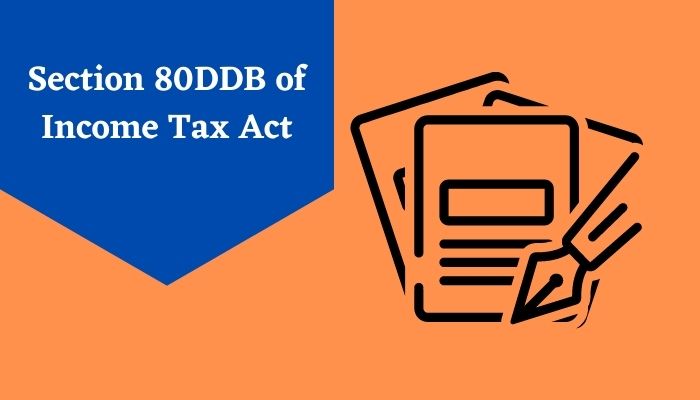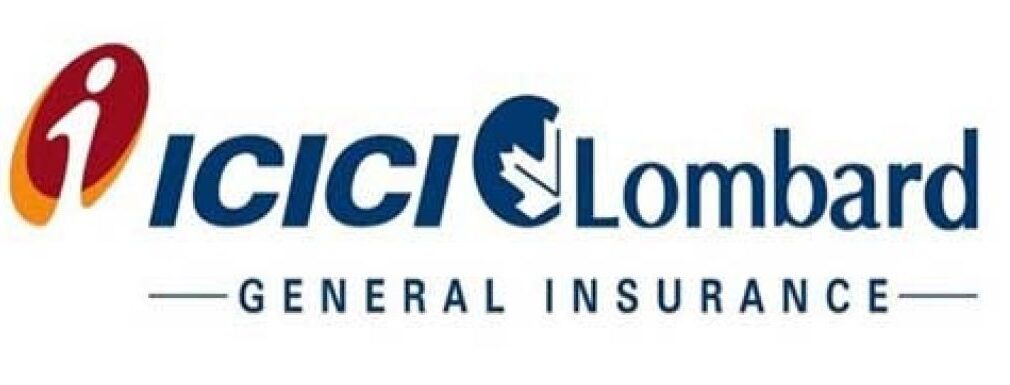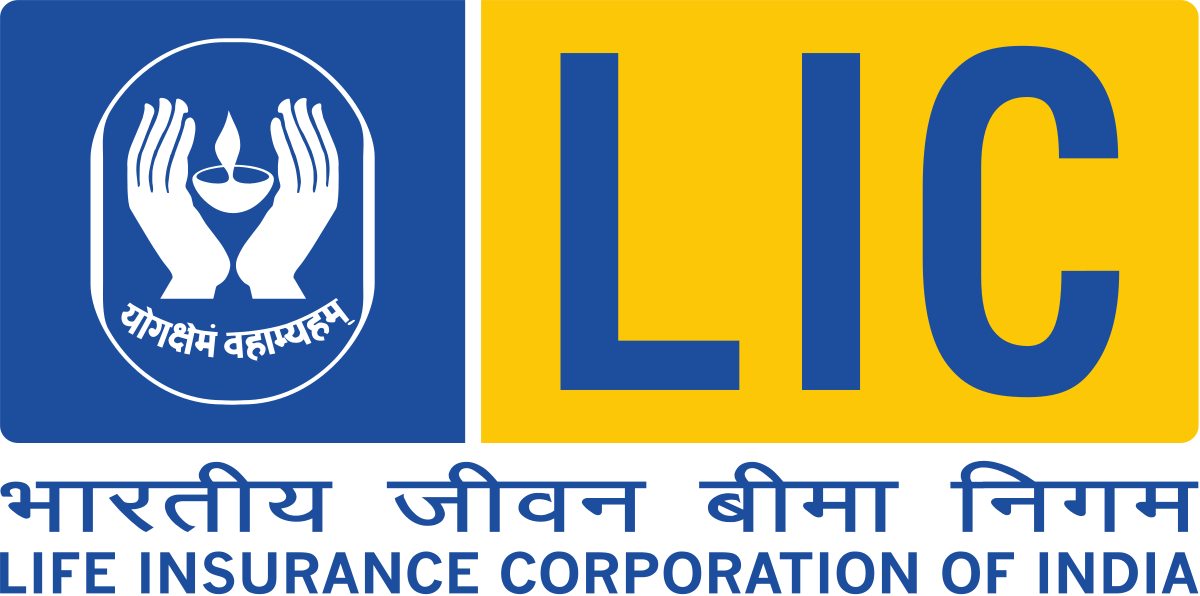Income Tax Chit Fund and Taxation
A chit fund can be defined as a collective instrument tool that has two participants. One participant in a chit fund plays the role of the organizer, and the other participant is the member.
Several members can also collectively agree to pool in a specific sum of money every month, and this is done for a fixed duration and can play a huge role in investment and tax planning.
To understand chit funds a little better, let’s go through an example. For instance, let’s assume that twenty-four members agree to deposit INR 5,000 every month for 24 months. According to these chit fund schemes, in the first month, a total of INR 1,20,000 will be collected as all 24 members will deposit INR 5,000.
The best feature about online chit funds is that the money collected every month is up for auction for any member who might need it immediately. In this deal, the organizer holds the auction where all the members participate and bid for the money. The lowest bidder will get the pot.
If you are interested in understanding the answer to what a chit fund is, you should also know that the government has put a cap on how much one can forgo. According to the Chit Funds Act 1982, members can refrain a maximum of 30% of the total amount.
Today, we’ll take a closer look at chit funds and the income tax rules related to them.

What is a Chit Fund?
A chit fund is a type of investment in which members agree to come together and deposit a pre-agreed amount of money in a pot. This pot is later up for grabs, and the member who bids the lowest amount for the pot will get the money.
For example, if the total pot amount is INR 1,20,000. Three members bid for the pot. A bid 1,15,000, B bid 1,10,000, and C bid 1,00,000 for the pot. In this auction, member C will get the pot.
The pot amount will be provided to member C after deducting the organizer’s charges, which can only be up to a maximum limit of 5%. This means that if the total amount is 1,20,000, the organizer has a 5% organizer’s charge. Then, the total amount received by member C is 1,20,000 – (1,20,000 x 5/100) = 1,00,000 – 6,000 = 94,000.
Also, it should be noted, the amount which the winner of the auction has forgone will be distributed among the rest of the group. This value is known as the dividend. It is not paid in cash but is deducted from the monthly installments that the members have to pay.
In the example that we have been following, the total amount forgone by member C is 1,20,000 – 1,00,000 = 20,000. This 20,000 will be divided among all the 24 members, which means that every member will get INR 833. This amount will be adjusted in the monthly installment balance, which means that the monthly installment value will be 5,000 – 833 = 4,167.
After the auction, one should also remember that the winning member has to continue paying the remaining installments. This needs to be followed until the end of the chit fund tenure, which is 24 months in the example we have considered.
This entire process is repeated every month until all the members have won the pot money once. Further, a member who has won the pot money once cannot participate in the auction again.
Also, if there are no bidders in any month in the auction, then a member is chosen by lucky draw. The member will get the entire pot value after deducting the organizer’s charges. This is a comprehensive description of how chit funds usually work.
Looking at Unorganized and Organized Chit Funds
There are laws governing chit funds in India. However, there are still several committees that operate on the chit fund model. These committees are often not regulated and form the unorganized sector of chit funds. Most committees have their modifications of the original chit fund model in place.
Unorganized chit funds customize several rules according to the convenience of the members. In contrast to these unorganized chit funds, the organized chit funds are regulated by the Chit Funds Act, 1982.
There are very few companies that operate under the organized sector of chit funds. Shriram Chit Funds is a managed chit fund. However, this is only an exception. Due to the unorganized chit fund scams, many people have lost faith in these chit fund schemes.
Considering all of this, it can be said that participating in organized chit funds is safe. However, participating in unorganized chit funds can be a very risky investment.
Tax on Income from Chit Funds
It should be noted that the dividend income earned per month in chit funds is neither tax-deductible nor taxable. On the other hand, the overall income is taxable as income from other sources. At the same time, the overall loss can be claimed as a business loss.
The Verdict
Chit funds can be considered as both investment and borrowing tools. Chit funds connect borrowers with investors and can be very popular if done in an organized manner. However, there has been an increase in the number of scams related to chit funds. This is why people are shying away from participating in chit funds.
People think that there is too much risk and it’s not worth it. This view is held by both the borrowers and the investors. However, if you want to invest in chit funds, you should only consider becoming a member of organized and legal chit funds.





























